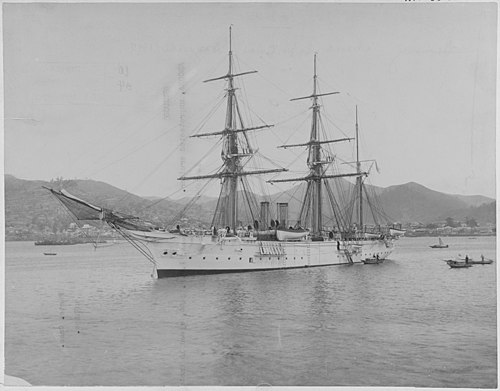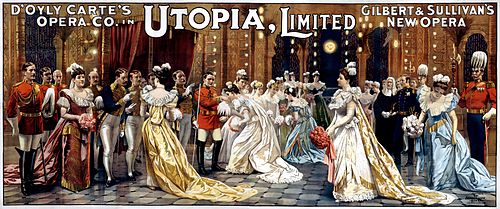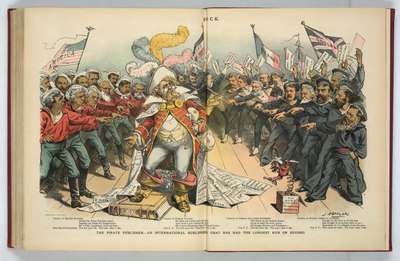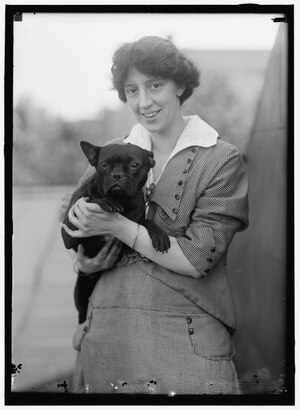The Six Million FP Man
Sometimes, we all reach milestones in our time at Wikipedia. Sometimes you reach 100 featured articles. Sometimes you get elected to ArbCom. Sometimes you hit 600 featured pictures, which, as far as I can tell, is more than anyone else has ever achieved, about 8.2% of all featured pictures, and the result of fifteen years of work.
And sometimes, no one else cares about this fact.[1] So how does one write an article about oneself while not appearing completely vain and self-promotional? Well, one doesn't, but let's do it anyway because it'll be at least a couple years until the next milestone.
Option one: Select some of your favourites
Why not make a gallery of your favourite restorations, showing off how much work you put into these? For example, you could go to your user page and copy over the conveniently pre-formatted list you made, that shows before and after!
| BEFORE | AFTER |
|---|---|
 |
 |

|

|
 |
 |
 |
 |
 |
 |
It's a good start! But maybe some sort of animation too?

...Perfect!
Option two: How about a history?
You could describe how you got into your field of editing. For example, I got into image restoration through an image that I don't even count as one of my "official" list of featured pictures anymore (I do my official count based on the ones featured on Adam Cuerden, which ignores or gives half-value to anything I didn't work hard enough on, leaves out a lot of my very early works, and definitely ignores anything I just nominated). It's an illustration to the play The Princess by W. S. Gilbert. It's not the biggest restoration, nor the most impressive original, but if you look roughly under the "T" of "THE ILLUSTRATED LONDON NEWS" you'll see a very obvious white line that shouldn't be there. I spent hours fixing that in Microsoft Paint. 2007 was a very different time. I got better from there.
-
Original
-
Restoration
By 2009, I was scanning my own books, and doing rather impressive images from Gustave Doré. Would I do it different now? Well, I'd probably fix up the border a bit, but it's not bad. It's also so large that I couldn't upload the original file, because Commons wasn't configured to allow anything as large as a lossless file of that type has to be:
2010 saw the stitching together of the poster of Utopia Limited we saw earlier. 2012 saw this incredibly difficult Battle of Spottsylvania image, which is also about the time I started to get a bit more confident with colour:
-
Before
-
After
In 2016 I went to Wikimania in Esino Lario, met Rosie Stephenson-Goodknight, and got introduced to Women in Red. This was the point I realised that there was rather a gender bias in my contributions, and I began work to improve things. It wasn't that I hadn't done images of women before, but they were a sometimes food, and images of women should be more of a main course. Here's a selection of my favourite images of women I brought to featured pictures after joining Women in Red, in no particular order because Wikipedia galleries work best if you space out landscape images with as many portrait orientation ones as possible:
I was originally planning for Ulmar to be my 600th featured picture. However, the vagaries of "Does Featured Picture Candidates have enough participation for things to pass?" said no, which leads us into our next technique of shameless self-promotion dealing with the issue at hand.
Option three: Talk about the thing that pushed you over the top
One could discuss the thing that pushed you over the top, and how it relates to your history in Wikipedia. While I don't talk about it much, I have eight featured articles, my first, from October 2006, was W. S. Gilbert, and that really got me into Wikipedia as a whole.[2]
So, when choosing something significant to my Wikipedia career....
- My 600th Featured Picture: W. S. Gilbert by Elliott & Fry
-
Before
-
After
I had been looking for a high-resolution picture of him for, well, over a decade, probably. I stumbled upon the Digital Public Library of America, decided to give it a go, and found this, of all places, in the University of Minnesota library collections. But then, I suppose it's always going to be somewhere a little unexpected if you checked everywhere you expected. I think this is one of my featured pictures where zooming in is necessary to really tell the work done, but having an image of him that can be safely zoomed in to about a foot wide or so is probably going to be very helpful to a lot of Gilbert and Sullivan societies out there.
Oh, and to answer the obvious question, Arthur Sullivan is, if anything, harder to find an image of than Gilbert. I mean, I did, he's Featured Picture number 601, but it wasn't easy to find.
Was kind of odd, though: I found him in a collection I thought I knew very well already. Which just goes to show you, I suppose. Anyway, he will hopefully be joining many more in the next months and years. See you for Number 700!
Note





















Discuss this story